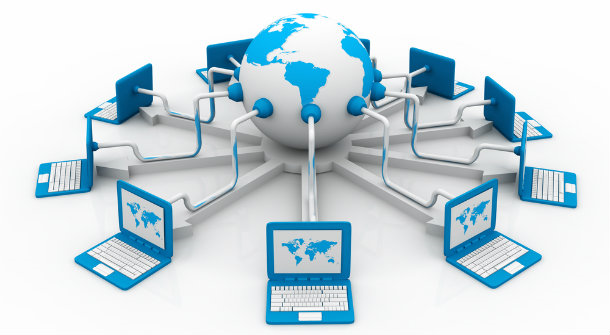Medium Access Methods
Medium Access Methods
The medium access sub layer, which is part of the data link layer, it deals how to determine that who may use the network next when the network consists of a single shared channel, as in most networks. This layer is also known as the Medium Access Control Sub-layer. Networks can be divided into two categories: those using point-to-point connections and those using broadcast channels. In any broadcast network, the key issue is how to determine who gets to use the channel when there is competition for it. To make this point clearer, consider a conference call in which six people, on six different telephones, are all connected so that each one can hear and talk to all the others. It is very likely that when one of them stops speaking, two or more will start talking at once, leading to chaos. When only a single channel is available, determining who should go next is much harder.
The protocols used to determine who goes next on a multi-access channel belong to a sub-layer of the data link layer called the MAC (Medium Access Control) sub-layer. The MAC sub-layer is especially important in LANs, many of which use a multi-access channel as the basis for communication. For most people, understanding protocols involving multiple parties is easier after two party protocols are well understood. For that reason we have deviated slightly from a strict bottom-up order of presentation.
Access Methods
Access method is the term given to the set of rules by which networks arbitrate the use of a common medium. It is the way the LAN keeps different streams of data from crashing into each other as they share the network.
Networks need access methods for the same reason streets need traffic lights-to keep people from hitting each other. Think of the access method as traffic law. The network cable is the street. Traffic law (or the access method) regulates the use of the street (or cable), determining who can drive (or send data) where and at what time. On a network, if two or more people try to send data at exactly the same time, their signals will interfere with each other, ruining the data being transmitted. The access method prevents this.
The access method works at the data-link layer (layer 2) because it is concerned with the use of the medium that connects users. The access method doesn't care what is being sent over the network, just like the traffic law doesn't stipulate what you can carry. It just says you have to drive on the right side of the road and obey the traffic lights and signs.
Three traditional access methods are used today, although others exist and may become increasingly important. They are Ethernet, Token Ring, and ARCnet. Actually, these technologies encompass wider-ranging standards than their access methods. They also define other features of network transmission, such as the electrical characteristics of signals, and the size of data packets sent. Nevertheless, these standards are best known by the access methods they employ these in accessing channels.
